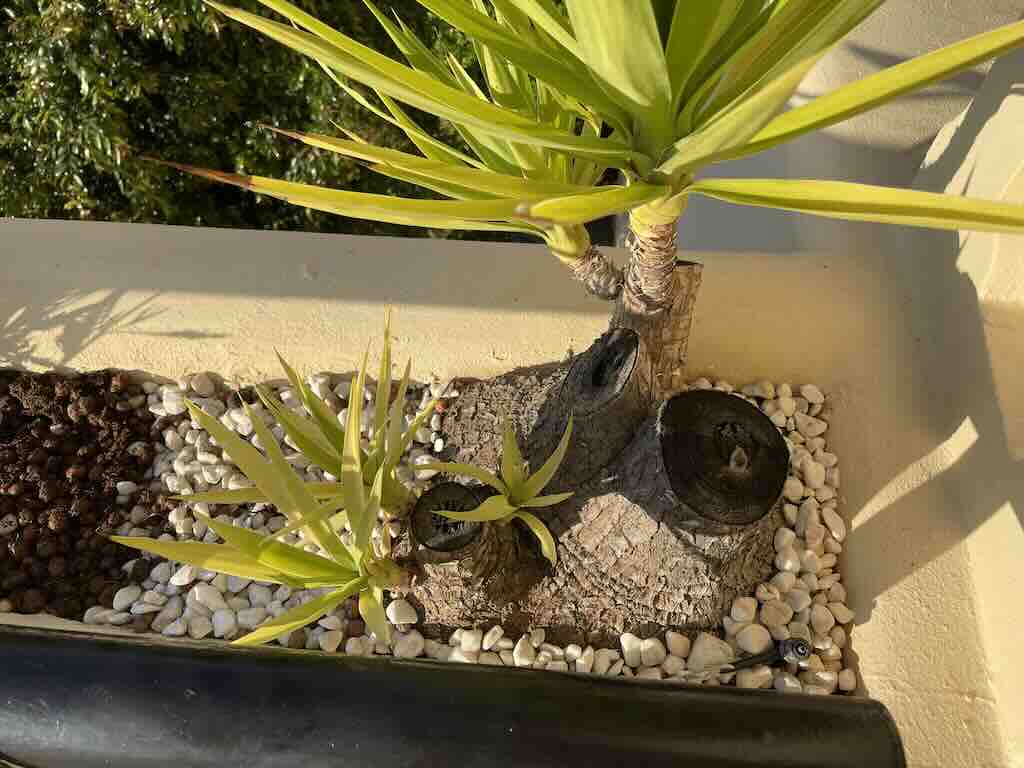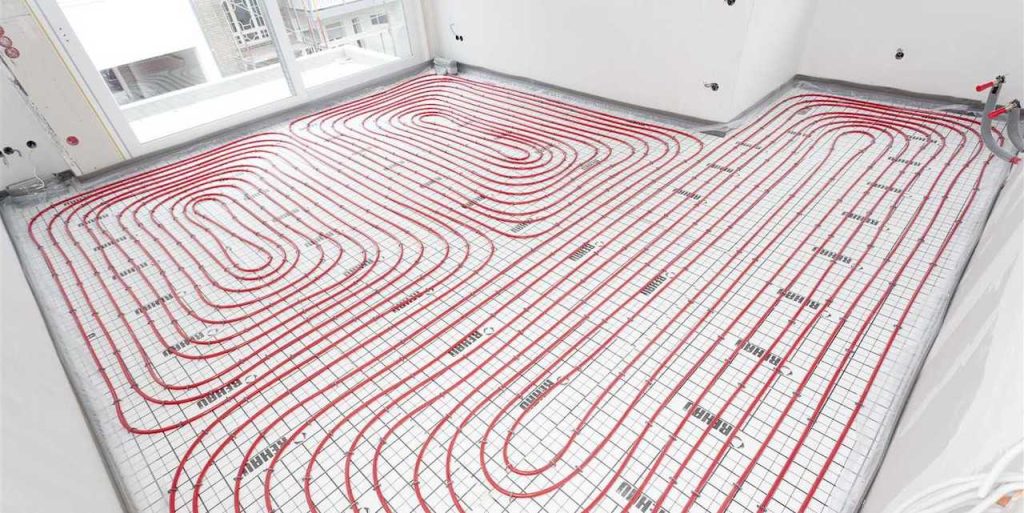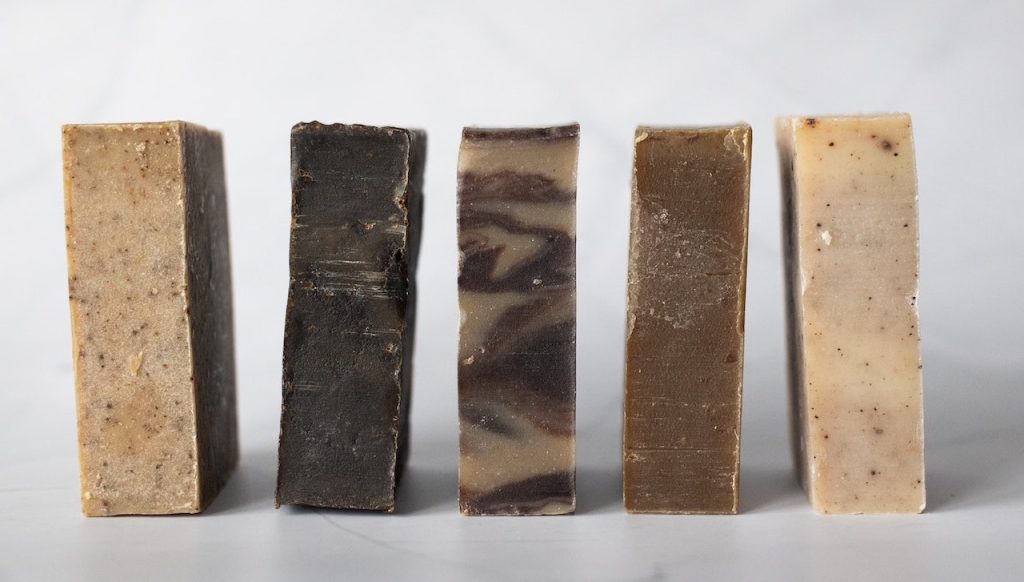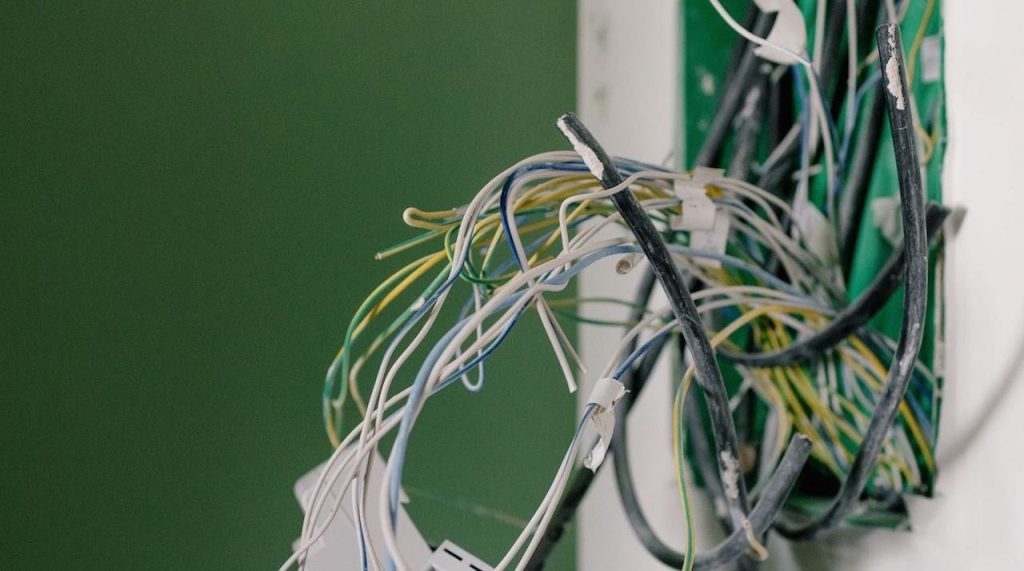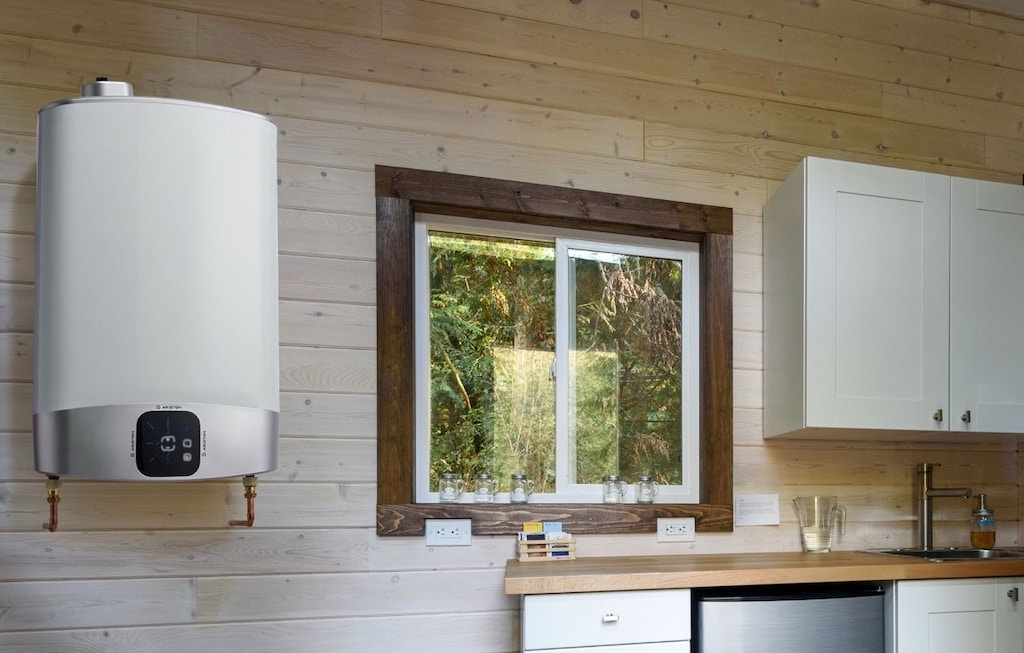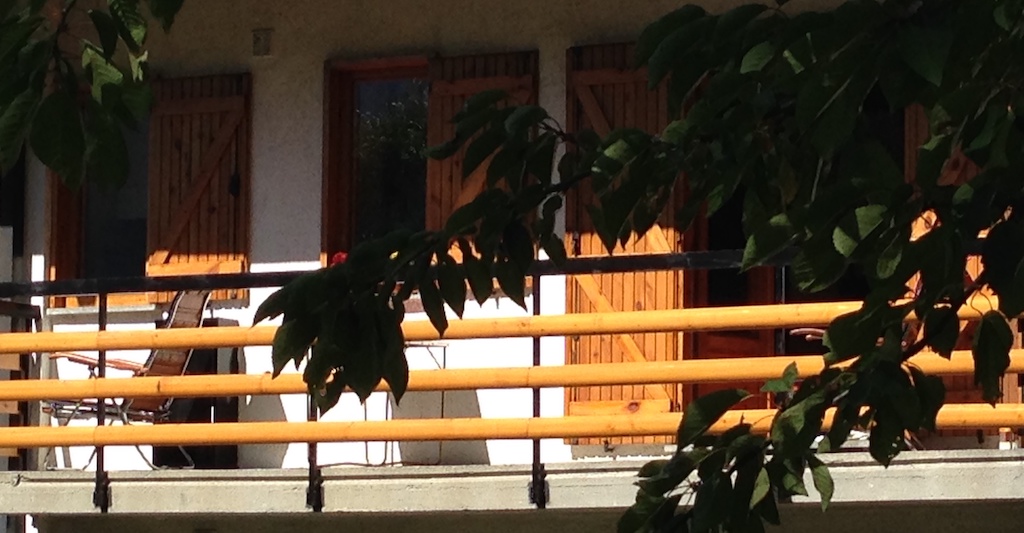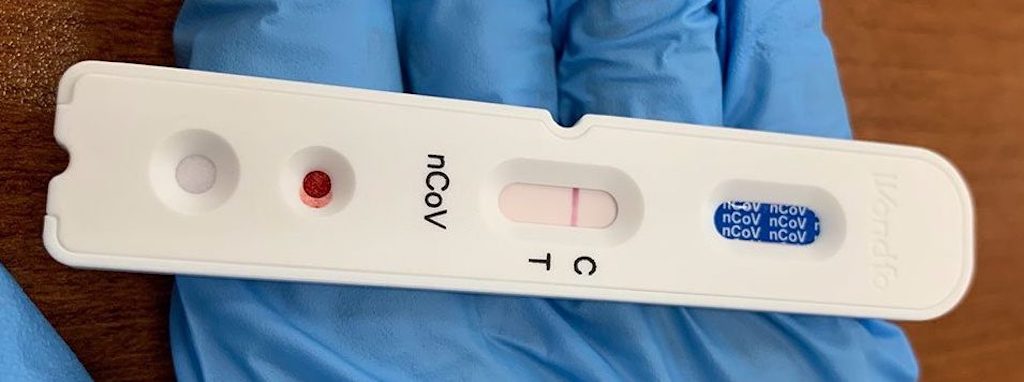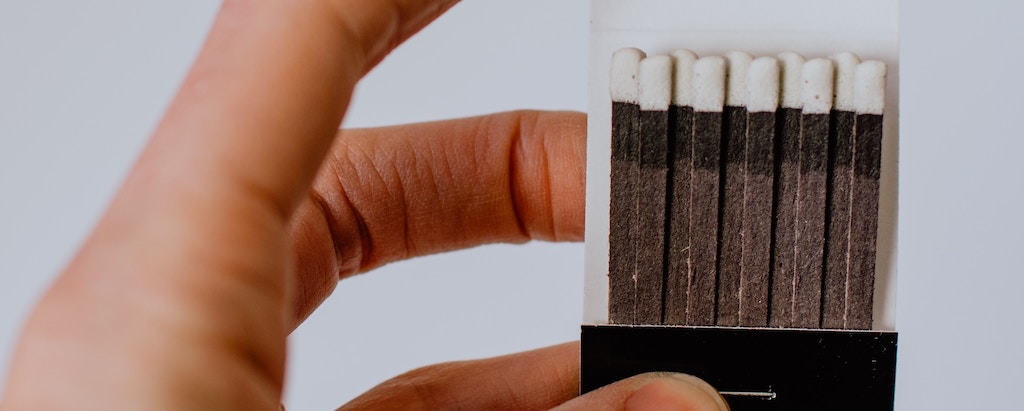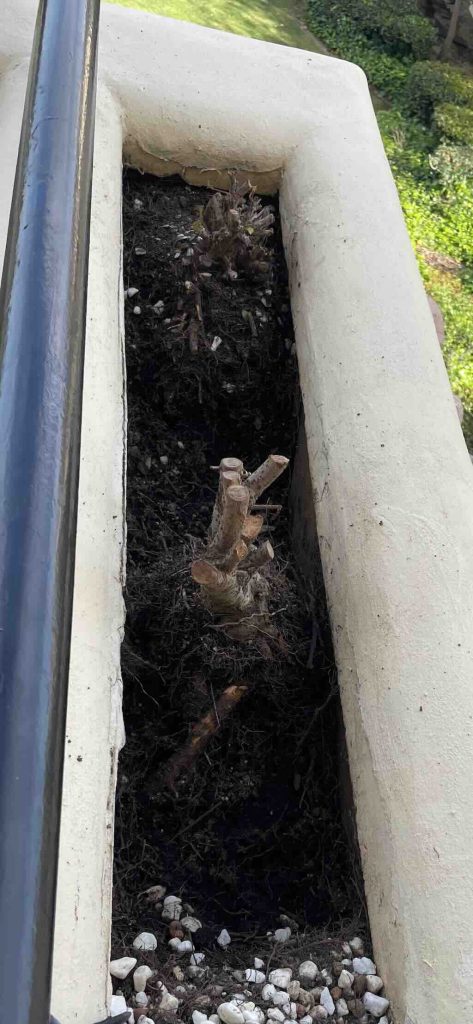
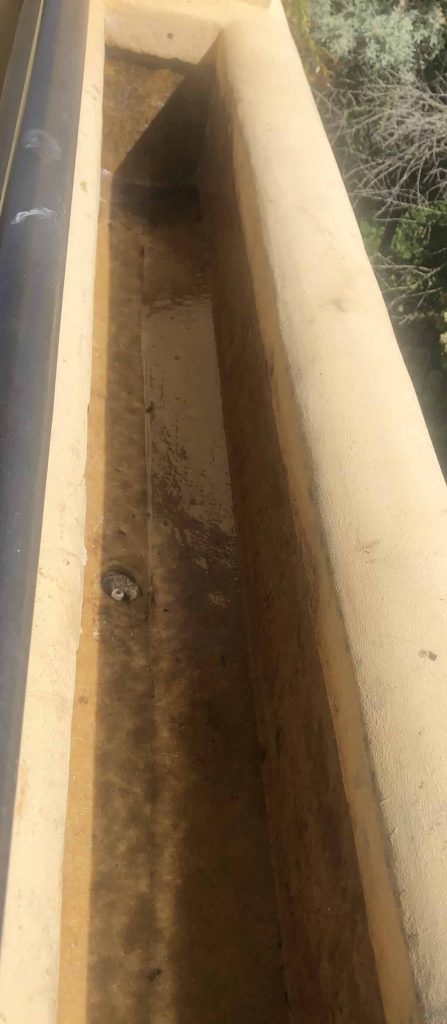
These are planter boxes that are structurally integrated into the parapet wall (the low protective barrier around the edge of our terrace). As such they are part of the original building construction.
Problem One
On the right we can see that the planter box is a fibreglass trough integrated into the wall, and it has its own drain. However what we see above is during a repair. The trough leaked water on the terrace below (around the drain). We had to remove all the plants (no great loss – see Problem Two below), remove all the soil, repair the fibreglass, test, and refill and replant.
Problem Two
Over the last 20 years we have planted and replanted these two boxes several times. All the problems were self-inflicted. Some plants grew too big, some became woody and when pruned, faded and died. Others did not resist the strong sun (in summer), strong winds (cold in winter) and the lack of “loving care” during our absences (despite an automated irrigation system). One constraint is the size, and in particular the depth, of the troughs (around 15 cm).
Many of the problems were linked to what was available in the local nurseries, and the advice provided. Above on the left, we can see the result. These were quite nice above ground, but with very woody roots, that were very difficult to remove when the plants started to outgrow the space available. In the feature photo we can see Yucca elephantipes, which my wife always called her “arbre de la félicité“. It had survived for numerous years in our home veranda, but was clearly very unhappy. Once planted in Spain 20 years ago, it is now happy. It appears to enjoy sun, heat, and even a bit of wind. And I suspect, and hope, it will still be there long after I’m gone.
So you can probably guess, its spring 2025, and I’m about to stuff (again), more plants into our planter boxes.
However, this time all the plants are placed in long plastic containers (with drainage holes), which might limit growth, but will made it easier to remove and change plants if necessary.
But this time I turned to ChatGPT for advice. I gave it our location, the prevailing climatic conditions (sun, temperature, wind, etc.), and the size of the troughs (with irrigation). As usually I needed to develop an extended dialogue, but finally it suggested a couple of plants that I could find in a local nursery.
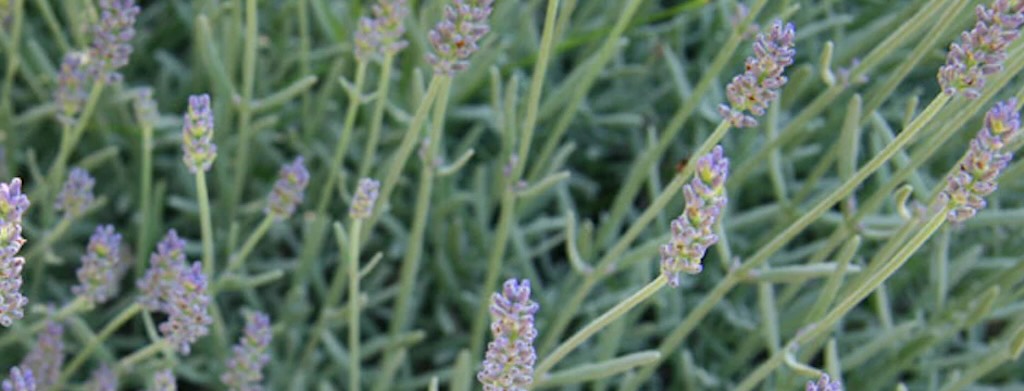
My guess is that this is in fact Lavandula ‘Goodwin Creek Grey’, because it’s often mislabeled as “Goodwing”. It is perennial and evergreen, has a silver-grey foliage, and looks nice all year round.
On the positive side, it is drought-tolerant, wind-tolerant, container-friendly, stays within about 30–60 cm height, suits my 15 cm deep planter boxes, is low-maintenance, and parasite resistant. And in this particular location they are exposed to the sun (and wind and rain) constantly.
However, I was also warned that soil drainage was critical. The planter boxes have good drainage, and I used a soil with a good mix of gravel (small stones) and lava rock spheres which should ensure good drainage, whilst holding moisture.
The 15 cm depth is quite shallow, so we will see if, firstly, the plants take roots, and secondly, if they thrive during the coming summer.
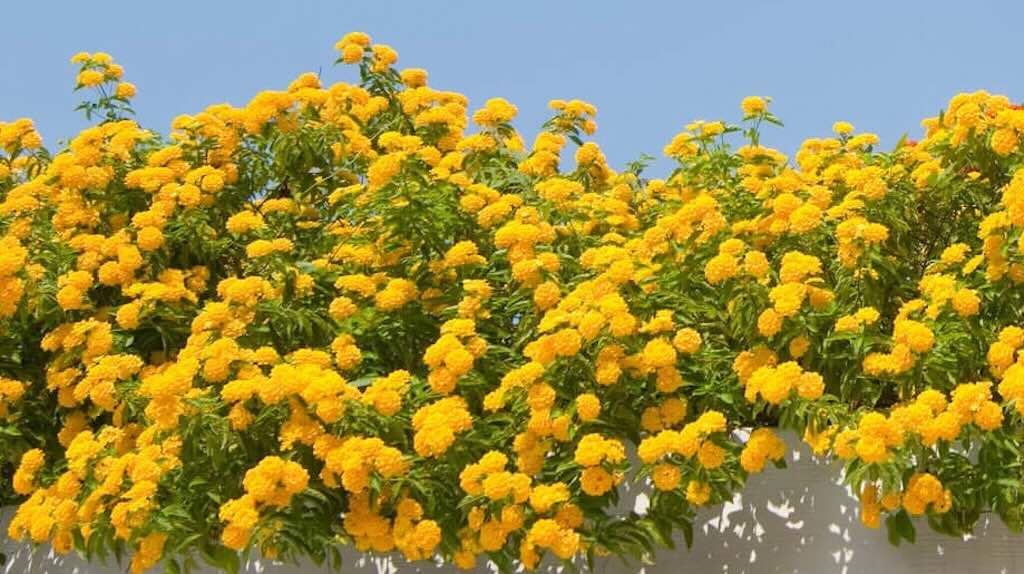
Lantana sellowiana
Lantana sellowiana (also known as Lantana montevidensis) is tough, drought-tolerant, wind-tolerant, container-friendly, stays within about 20–30 cm height, suits my 15 cm deep planter boxes, is low-maintenance, and parasite resistant. So they will enjoy the hot, dry environment in southern Spain.
They appear to be slowly adapting to their new environment. There was some leaf loss at the base, possibly due to re-planting and may be insufficient watering.
Also I noted a few blackened leaf tips, which is said to be caused by overwatering (unlikely) or nutrient imbalance. The soil is relatively aerated, but there could be an excess of salts (the water is very hard). They are wind resistant, but a cold morning wind could also be the cause.
I have tried this plant before, and it was not successful. The above photo is what I want to see in 2-3 years time, so let’s wait and see!
